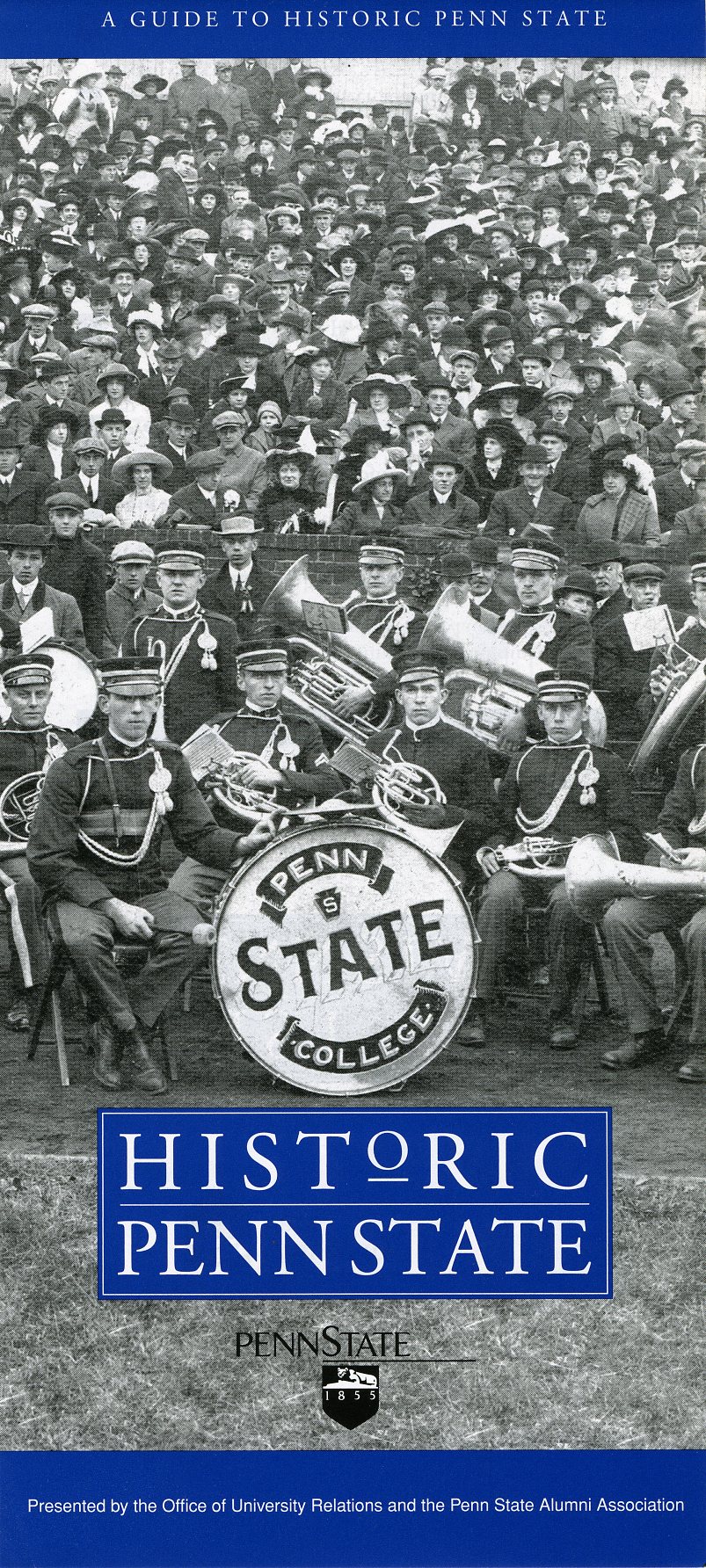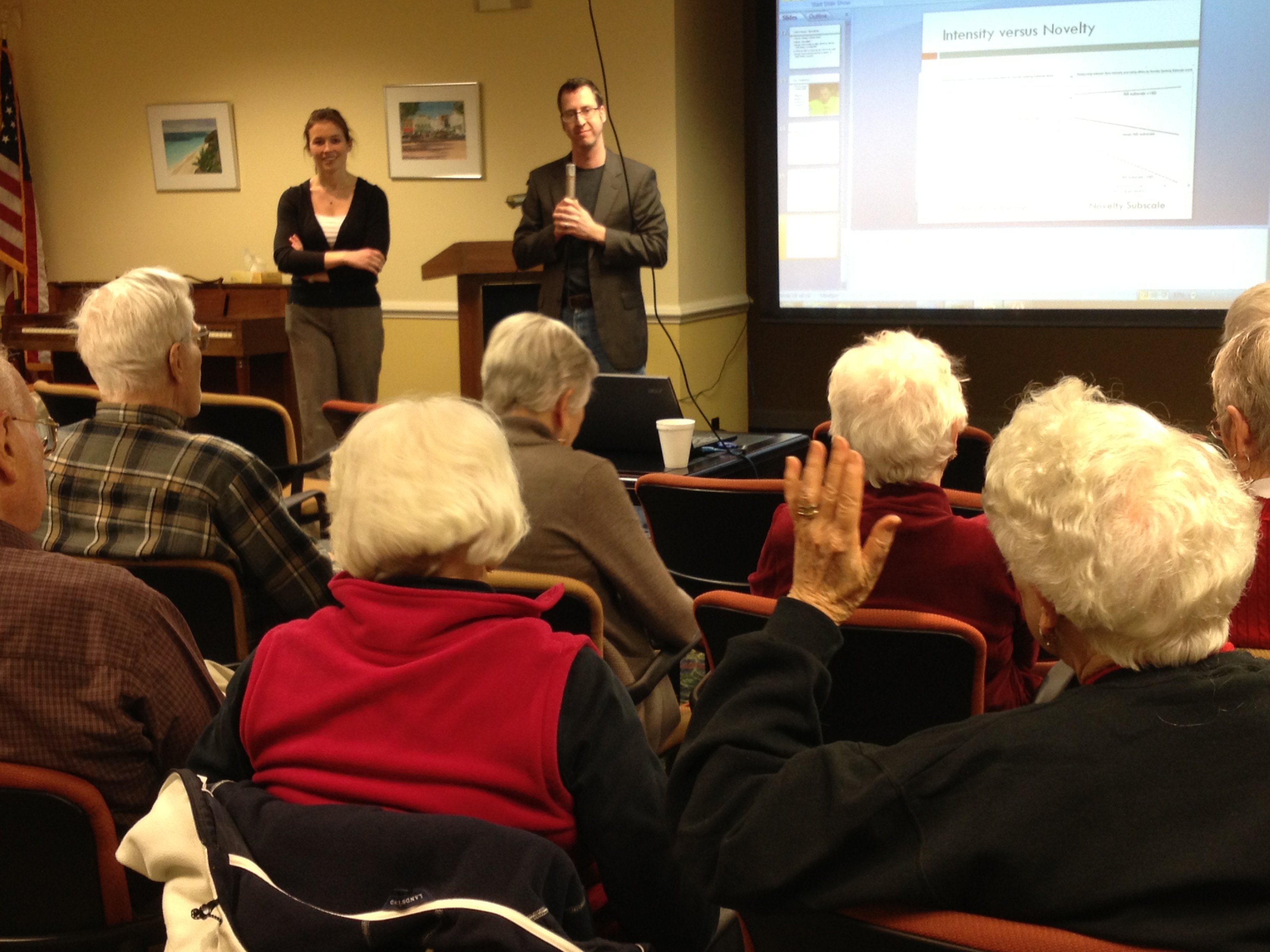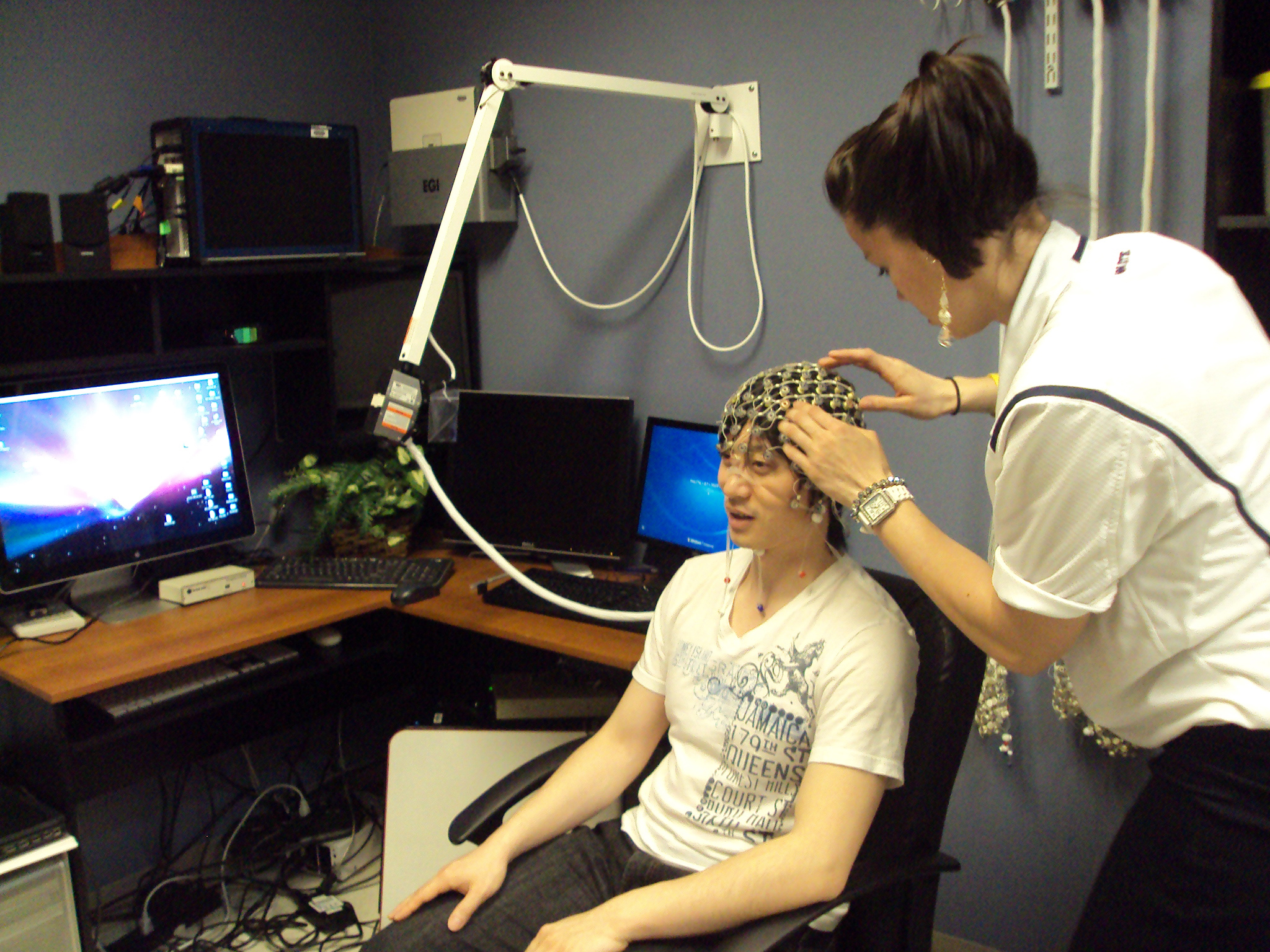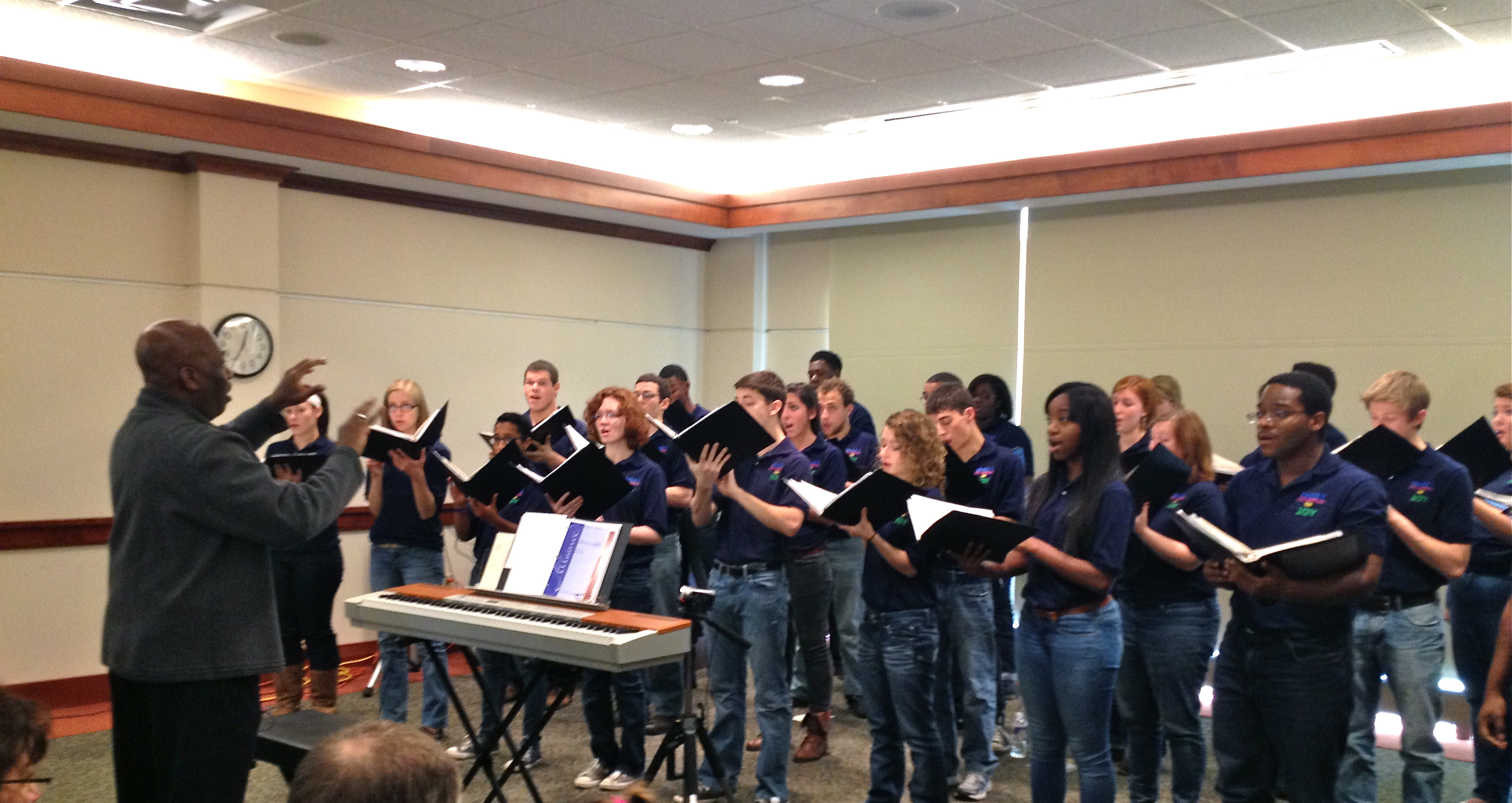Did you know that Penn State faculty did pioneering research to make diesel engines more fuel efficient? Or that Penn State physics professor Erwin Mueller was the first person ever to “see” an atom? Or that Henry Armsby’s research in animal nutrition helped lay the foundation for today’s high-value, low-cost livestock feeds?
 You can learn more about Penn State research – and other aspects of the University’s history – in a new keepsake edition of A Guide to Historic Penn State, highlighting the University Park campus’s series of blue-and-white historical markers, just released by the University Relations office and the Penn State Alumni Association. In map form, the guide lists all 63 historical markers – many of which call attention to Penn State’s research activities. Others highlight achievements in teaching and a variety of other historic milestones.
You can learn more about Penn State research – and other aspects of the University’s history – in a new keepsake edition of A Guide to Historic Penn State, highlighting the University Park campus’s series of blue-and-white historical markers, just released by the University Relations office and the Penn State Alumni Association. In map form, the guide lists all 63 historical markers – many of which call attention to Penn State’s research activities. Others highlight achievements in teaching and a variety of other historic milestones.
But wait – there’s more. The map identifies the 31 major structures within the two campus historic districts and gives thumbnail descriptions of each. Plus six more equally interesting and historic sites that are located outside the two districts. Many of these also have a connection to research.
Map in hand, you can stroll the campus and soak in all the history up close and personal.
As an added bonus, the map includes an 8 x 15 inch reproduction of Richard Rummell’s (modestly) famous 1910 bird’s-eye view engraving of the campus.
The Guide to Historic Penn State, sure to be a collector’s item, is not available in stores or even online. To obtain a free copy, you have to stop by 221 Ritenour Building or the reception desk at the Hintz Alumni Center, or send a nice email to Cathey Chaffee in the University Relations office.




